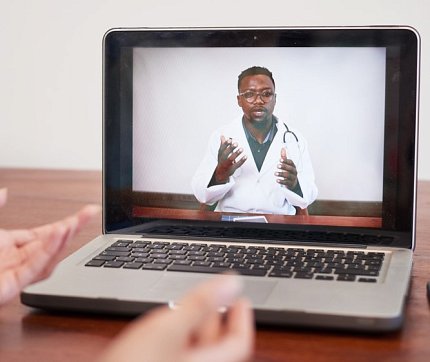Increased Use of Telehealth Services, Medications for Opioid Use Associated with Reduced Risk for Fatal Overdose

Photo: Meeko Media/Shutterstock
Expanded availability of opioid use disorder-related telehealth services and medications during the Covid-19 pandemic was associated with a lowered likelihood of fatal drug overdose among Medicare beneficiaries, according to a new study.
“The results of this study add to the growing research documenting the benefits of expanding the use of telehealth services for people with opioid use disorder, as well as the need to improve retention and access to medication treatment for opioid use disorder,” said lead author Dr. Christopher M. Jones, director of the National Center for Injury Prevention and Control, Centers for Disease Control and Prevention. “The findings from this collaborative study also highlight the importance of working across agencies to identify successful strategies to address and get ahead of the constantly evolving overdose crisis.”
Published in JAMA Psychiatry, the study is a collaborative effort led by researchers at CDC, the Centers for Medicare & Medicaid Services and NIH.
Key findings include:
- Medicare beneficiaries who began a new episode of opioid use disorder-related care during the pandemic and received opioid use disorder-related telehealth services were found to have a 33% lower risk of a fatal drug overdose.
- Medicare beneficiaries who received medications for opioid use disorder from opioid treatment programs and those who received buprenorphine, one of the medications for opioid use disorder, in office-based settings also had reduced odds of a fatal drug overdose of 59% and 38%, respectively.
- Mortality rates were higher in the pandemic cohort compared to the pre-pandemic cohort; however, the percentage of deaths due to drug overdose were similar between the two cohorts.
“At a time when more than 100,000 Americans are now dying annually from a drug overdose, the need to expand equitable access to lifesaving treatment, including medications for opioid use disorder, has never been greater,” said NIDA Deputy Director Dr. Wilson Compton, senior author of the study. “Research continues to indicate that expanded access to telehealth is a safe, effective and possibly even lifesaving tool for caring for people with opioid use disorder, which may have a longer-term positive impact if continued.”
